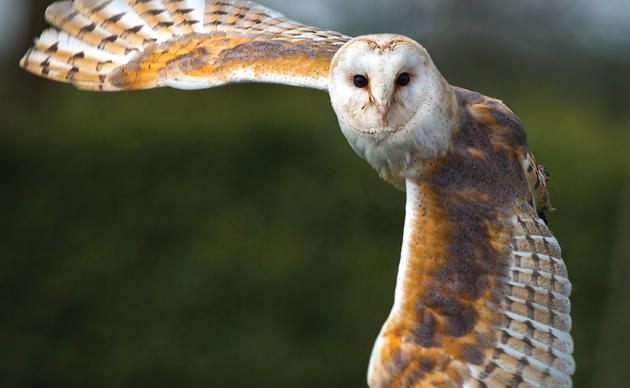Every bird species has unique characteristics that enable it to thrive.
If climactic conditions of their living environment become too hot or too cold, or too wet or too dry due to changes sparked by climate change, birds may have difficulty adapting quick enough to survive within their natural range.
Audubon’s data shows that birds are on the move due to climate change. But will they have a safe place to land?
The results are clear - birds need our help, and they need it now.
Audubon’s Birds and Climate Change Report is a comprehensive study that analyzed decades of data showing a shift in the ranges of more than half of North America’s bird species. Overlaying this data with national models of the impacts of greenhouse gas emissions allowed scientists to develop a potential future scenario for these birds.
Today, the research continues, but the data is clear. Birds need our help, and they need it now.
An Urgency to Act
Over the last four centuries, nine bird species have gone extinct. Within this century alone,314 species are imperiled, and without action, could be at risk for future extinction.
By the numbers:
- 588 North American bird species were included in the study.
- 314 species are predicted to lose more than 50 percent of their current range by 2080.
- 188 climate threatened birds face losing more than half of their current range by 2080.
- 126 climate endangered birds are projected to lose more than 50 percent of their current range by 2050.
- 170 of the 314 species are found in North Carolina.
Citizen Science Provides Necessary Data
Data from the Audubon Christmas Bird Count and the North American Breeding Bird Survey conducted by the U.S. Geological Survey, defined the ranges where different bird species are currently found. Audubon scientists then combined climate data, including internationally recognized greenhouse gas emission scenarios, with the bird data to determine the “climatic range” for each species.
Audubon scientists mapped where each bird’s climatic range is likely to be move in the future as the effects of climate change further impact birds. These maps serve as a guide to show how each bird’s current range could expand, contract or shift across three future time periods.
The scientific modeling of the impact of climate change on birds will continue to be refined, but the interpretation of the data is clear. Birds are in trouble, and they need our help today.
National Impact
Audubon's national Birds and Climate Change Report reviewed data covering Alaska, Canada and the lower 48 states. Of the 588 species studied, 314 species are at risk from climate change impacts. Visit Audubon Magazine to learn more about the predicted impacts of the study.
Atlantic Flyway
The Atlantic Flyway encompasses the migratory pathway of birds along the east coast of the United States, Canada and parts of Central America. Currently, the report does not provide detailed climate impacts along the entire Atlantic Flyway. The climate model has not yet been applied to Central and South America, which are important wintering grounds for many migratory species. As scientifically sound data becomes available from these countries, the data will be utilized in this ongoing study. Learn more about the Atlantic Flyway and its conservation importance.



